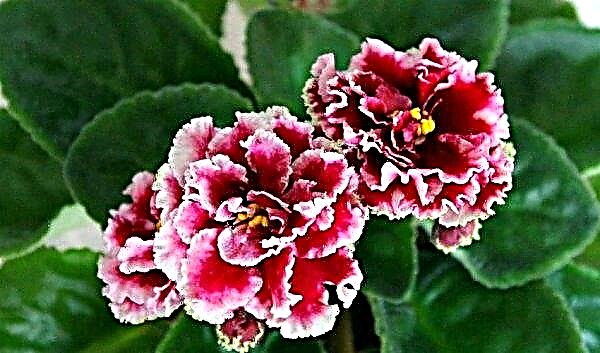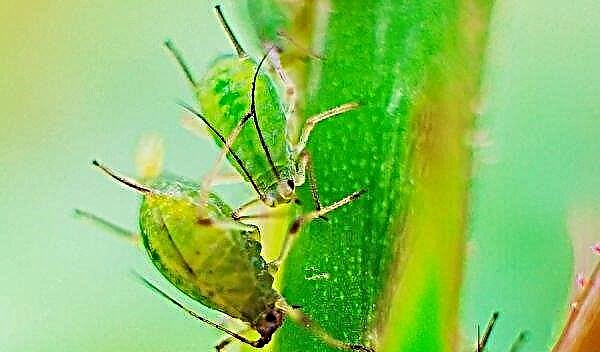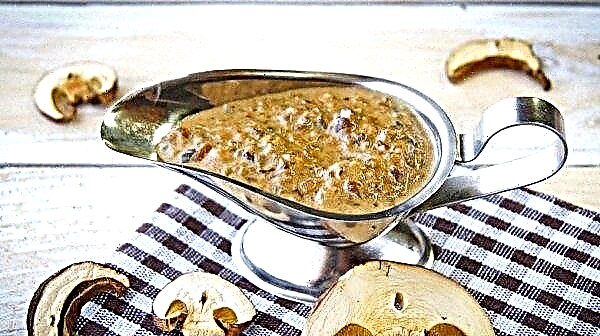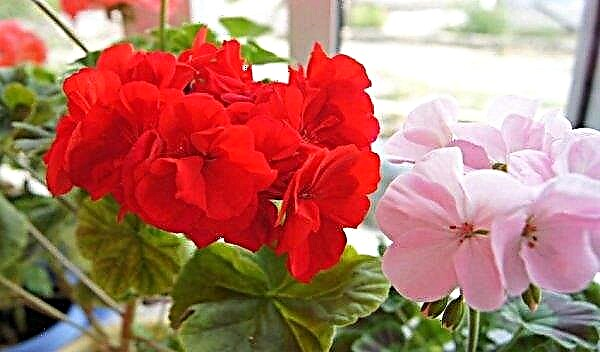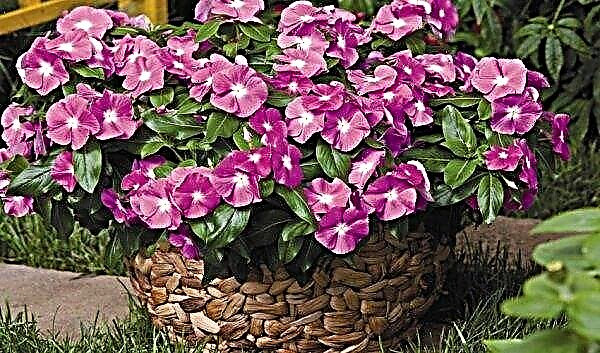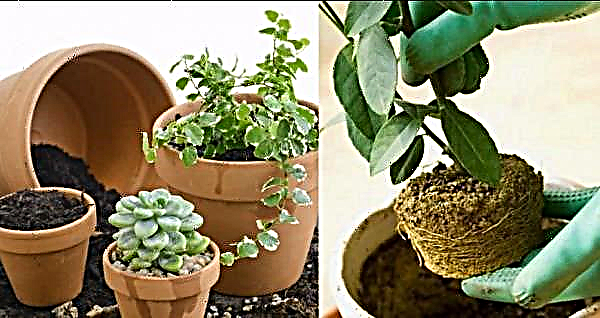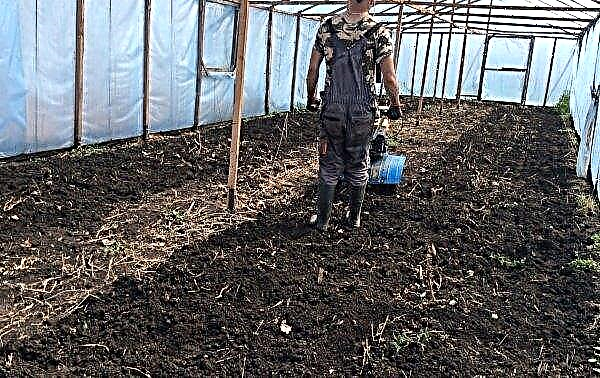Violets are considered whimsical plants. Good growth and flowering from them can be achieved if you create a certain microclimate and properly care for them. The flower loses its decorative effect due to frequent and abundant watering and excessive drying of the soil, so it is important to water it correctly. More about this process in our material.
The Importance of Proper Watering of Violets
When grown in nature, flowers take water in the process of precipitation. In room conditions, only a person can deliver it.
Humidification when growing plants perform several functions:
- nourishing the roots with essential nutrients from the soil and air, dissolving them and delivering them;
- participation in the construction of cells and tissues;
- participation in the synthesis of organics;
- protection against overheating and overcooling.
However, water can also harm a flower - provoke burns, rot. In order to avoid problems, it is necessary to learn how to properly water the plant.Did you know? A passionate fan of violets was the French actress Sarah Bernhardt. All her dresses and even the apartment were saturated with the smell of these flowers, and in each room there was always a bouquet of violets.
How many times and how often do you need to water the violets
Moisturize this indoor flower infrequently and moderately. The recommended number of irrigations per week is 1-3 times. However, each owner of the plants will control the frequency of irrigation. A signal for moisturizing is a dry topsoil.
The frequency of watering will depend on several factors:
- other indoor microclimate parameters: lighting and air humidity;
- the composition of the substrate in which the violet is planted;
- the size of the root system;
- growth period;
- pot material.

More watering will be needed if the violet is planted in the recommended light and loose substrate. Less moisture will need a flower grown in more dense soil.
The irrigation mode will also be affected by the size of the root system. If it has grown well and filled the entire pot, it absorbs moisture more intensively, which means that the earth will dry faster.
During flowering, the plant needs more strength and nutrients, so at this time the need for water increases. In the phase of releasing flowers, you need to water the violet more often and more abundantly.
These flowers grow equally well in both plastic and ceramic containers. But when planting in the latter - they need to be watered more often, since moisture evaporates from ceramics faster.Important! Spraying the violet is not recommended. To maintain a high level of humidity, you need to install an air humidifier, wipe the leaves with a wet cloth, place the pot on a pallet with wet pebbles or expanded clay.
As for the amount of water that is needed for one bush, then there can also be no general recommendation. The amount of watering will depend on the frequency of moisture, the composition of the substrate, the age and size of the plant.
What water to water
For irrigation use rain, melt, filtered or settled for at least 12 hours (preferably 1-2 days) water at room temperature. It is strictly forbidden to water indoor plants with cold hard water. This negatively affects their condition and beauty, and also shortens their lifespan.
Watering with tap water after boiling is possible. Since most of the valuable elements disappear after this procedure, it is necessary to add vinegar (1 tsp / 1 l) or citric acid (5 crystals / 1 l) to it. Such a mixture is recommended to be watered no more than 1 time in 30 days.
The main methods of watering
Violet is watered in 4 ways:
- classic (under the root);
- lower (in the pallet);
- wick;
- immersion method.
Consider each of the methods in more detail:
- Experienced flower growers do not recommend the classic way.. In its implementation, it is necessary to ensure that the drops do not come in contact with leaves and stems, as this is fraught with burns and the appearance of rot. For watering, you need to use a watering can with a thin curved nose, allowing you to pour water directly under the root. A syringe is also suitable, which releases a thin stream of water. Another disadvantage of the classical method is the difficulty in controlling the amount of water poured. It is difficult for the owner to understand whether he has sufficiently moistened the plant and whether it has been flooded.

- Bottom watering is preferred for violets. With it, the plant itself regulates how much water it needs. It is important that after 30–40 minutes after watering, drain the water remaining in the pan in order to prevent root decay.
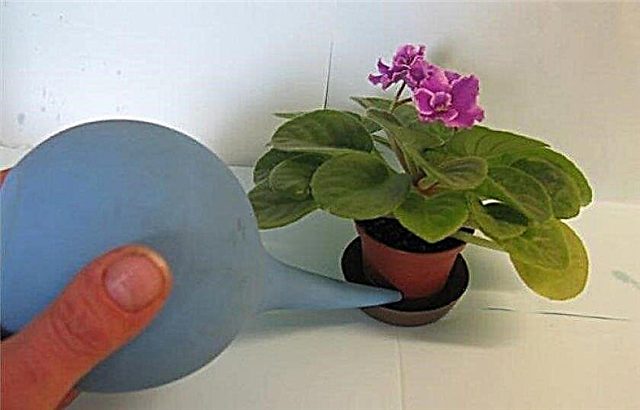
- The wicked method began to be used for watering violets recently. It is believed that for these flowers it is the best, as it allows you to deliver the necessary amount of moisture directly to the roots. With this method, it is impossible to fill the plant. Moreover, it itself takes as much water as it needs at the moment.

The meaning of wick watering is that a cord of synthetic materials is laid in the soil, on the drainage layer, when planting a plant. It is passed through the drainage hole and laid in a ring, and then covered with soil. The pot is installed on the grid in a separate container into which water is poured and the wick is lowered into it. In this case, the pot should not be in contact with the liquid. As such a container, you can use a regular plastic cup or a cut plastic bottle, which is placed next to the pot. Through the wick, moisture will constantly rise to the roots, nourish them and evenly distributed on the substrate.
Video: planting violets under wick irrigation
This method is very convenient if you plan a short-term absence of the owner of violets. In addition, it saves the time required to care for the plant. Wick watering is not recommended for mature plants that already grow in a pot larger than 8 cm in diameter. Such flowers begin to actively grow foliage, and stop blooming. This method is also not suitable for winter time and for individual hybrid varieties of violets.
- Immersion Watering implies that the pots are immersed for 10-15 minutes in a large tank filled with warm, settled water. Time should be clearly controlled so that there is no overmoistening. When diving, it is necessary to ensure that the water does not touch the organs of the plant. This method is suitable for the summer season.
Video: dipping violets by dipping
How to water violets at home
Moisture regimen will vary depending on the time of year and the phase of flower growth.
Depending on the season
In summer, this indoor culture needs to be watered in the morning, before the sun begins to shine strongly and moisture begins to evaporate quickly.
In winter, hydration is recommended during the day. It is advisable to do this at the same time. If the plant is constantly growing under artificial light, then the irrigation time does not matter.
If it is too hot outside and the soil dries quickly, daily watering is allowed. In winter, it can be produced depending on the condition of the soil from 1 to 3 times a week.

After transplant
Directly during transplantation produce abundant watering. The moisture brought in at this time is enough for 7-10 days. The first watering after transplantation is done after this time. In the future, usually watered - as the surface soil layer dries.
Important! For newly transplanted violets, wick irrigation is not suitable. They need to be given time to adapt for 3-4 weeks.
During flowering
Watering regimen is changed when the plant is preparing to produce buds. The volume of water and the frequency of its application are increased so that the plant blooms for a long time and abundantly. The need for watering can be determined by the color of the soil: if it is dark, then it is not worth watering, if it is light, then you need to moisten it.
For abundant flowering, in addition to water, fertilizers are also added. Use liquid root baits designed specifically for violets. The frequency of application is 1-2 times per month, from April to October.

Why add potassium permanganate to water
Among the tips on caring for violets, the recommendation for adding a weak (pink) potassium permanganate solution to water is less common. This procedure is done in order to prevent the development of major diseases and the invasion of harmful insects, as well as as additional nutrition.
What to do if violets are flooded
If it is noticed in time that the soil in the pot is waterlogged, and the flower has just begun to wilt, it is necessary to remove the soil lump and completely dry it. In the future, you need to choose the appropriate watering mode for the flower.
With a strong bay, the plant should be transplanted. If the roots have already begun to rot, then the flower can be saved by growing his "baby" from the cuttings.
There are 2 more ways to resuscitate filled flowers:Did you know? A resident of Odessa (Ukraine) collected in his apartment the largest collection of violets in Europe - 3.5 thousand varieties, including those grown by astronauts in orbit. The gardener takes 800 liters of water per week to water all the specimens, and he spends 30–40 on their lighting$ per month.
- Pour with a solution of succinic acid (0.02%);
- Pour liquid vitamin B12 (1 ampoule / 1 liter of water).
Signs of improper watering
If the plant lacks moisture, it will notify the owner of the changes in appearance:
- There are spots on the leaves, the roots die off. This occurs with excessive moisture and acidification of the soil, due to which nutrients can not reach the roots.

- Rotting point. This situation is observed with over watering and frequent moisture on the flower organs.

- Yellow, brown spots form on the foliage. This is a consequence of watering from above and falling drops on the leaves. As a result of exposure to sunlight, burns form on the foliage.

- Drop and fall leaves. This can occur when the plant is flooded, or with a lack of moisture. In the first case, the leaves will become soft, in the second they will begin to dry out.

- A white-yellow crust appeared on the surface of the soil. The cause of this problem is irrigation with hard water.

- A space has formed between the earthen lump and the wall of the pot. The frequency of humidification should be increased, since the moisture of the flower is not enough.

- Mold smells from the soil. It is observed with frequent bays. The plant needs an emergency transplant.

So, violets belong to capricious plants, which even with a slight violation of the moisture regime, sharply worsen their decorativeness and die. Everyone who plants these flowers in the house needs to get acquainted with the recommendations on the method, frequency and volume of watering and adhere to them clearly.











